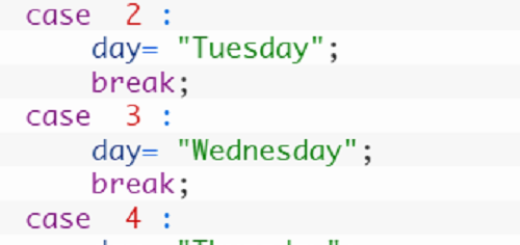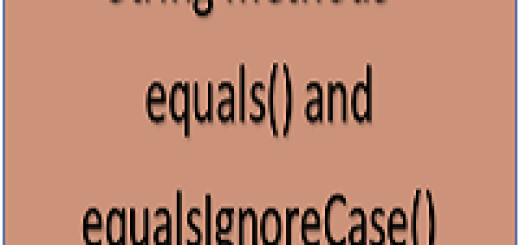Access modifiers
In java, there are 4 types of access modifiers which are as follows.
- Public
- Private
- default
- protected
We check their accessibility at 4 levels which are.
- Class level
- Subclass level
- Its own Package level
- To all the packages or world
Let’s understand their accessibility in a table form first, then we will discuss them.

1. Default Access modifier:
If you don’t use any modifier , it is considered as default. It is accessible only in its class and package.
Example of default access modifier: We have created 2 packages com.testingpool.demo and com.testingpool.demo2. First package has a class called AddNumber which does not have any modifier i.e. it is having default access modifier.
We are trying to create its instance into another package, where it gives compile time error. Look at the example below for understanding.
//First package
package com.testingpol.demo;
class AddNumber {
public static void main(String[] args) {
}
}
//Second package
package com.testingpool.demo2;
import com.testingpool.demo.*;
public class SubNumber {
public static void main(String args) {
AddNumber add = new AddNumber(); //compile time error
}
}
2. private access modifier:
Private access modifier is accessible only in the class.
Example of private access modifier: We have a class called Sample which is having private data-member and method. If we try to access it into another class, it throws compile time error.
public class AddNumber {
public static void main(String[] args) {
Sample myclass = new Sample(); //compile time error
System.out.println(myclass.a);
myclass.displaName();
}
class Sample{
private int a=10;
private void displaName(){
System.out.println("Shekhar");
}
}
3. Protected access modifier:
protected access modifier are accessible in its own package, but if you want to access it outside the package you have to access them using inheritance.
These can be applied to data-member, method ,constructor but not to the classes.
Example of protected access modifier without inheritance:
We have 2 packages com.testingpool.demo and com.testingpool.demo2.In first package, we have a class called AddNumber and a method displayName() which is having protected access modifier.
Now if, we try to access the method displayName(), it throws compile time error and suggest to change the visibility of the method to public.
//First package
package com.testingpool.demo;
public class AddNumber {
public static void main(String[] args) {
}
protected void displaName(){
System.out.println("Shekhar");
}
}
//second package
package com.testingpool.demo2;
import com.testingpool.demo.AddNumber;
public class SubNumber {
public static void main(String args) {
AddNumber add = new AddNumber();
add.displaName(); // compile time error
}
public int getInt(int a){
System.out.println("it will return integer a ");
return a;
}
}
This problem can be resolved by using inheritance.We will extend the class AddNumber to SubNumber.
package com.testingpool.demo2;
import com.testingpool.demo.AddNumber;
public class SubNumber extends AddNumber{
public static void main(String args) {
SubNumber add = new SubNumber();
add.displaName();
}
public int getInt(int a){
System.out.println("it will return integer a ");
return a;
}
}
4. public access modifier:
It has the visibility to the world, that means it can be accessed anywhere i.e. in its package,outside package,in all classes.
It can be applied to variables, methods, constructor and classes.


